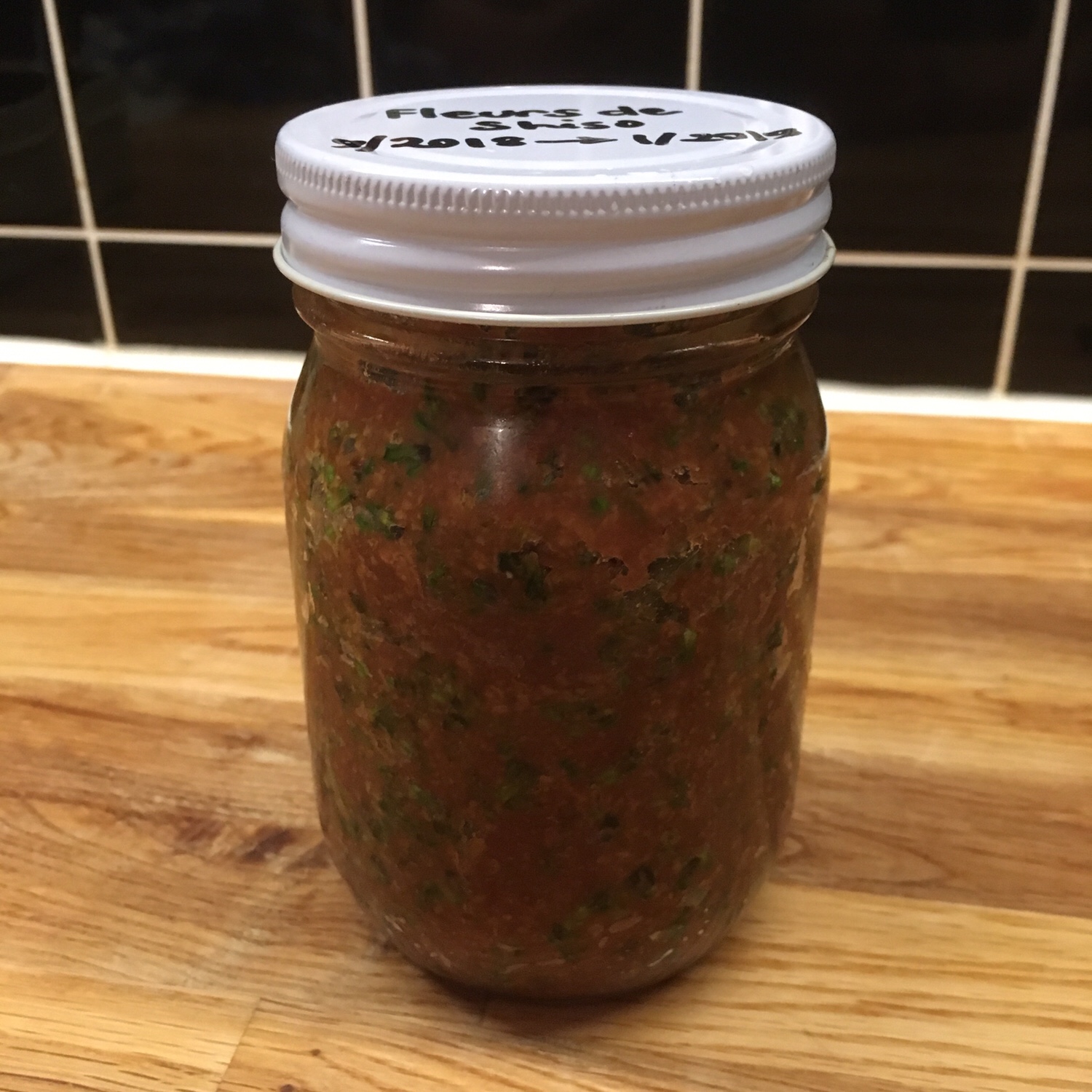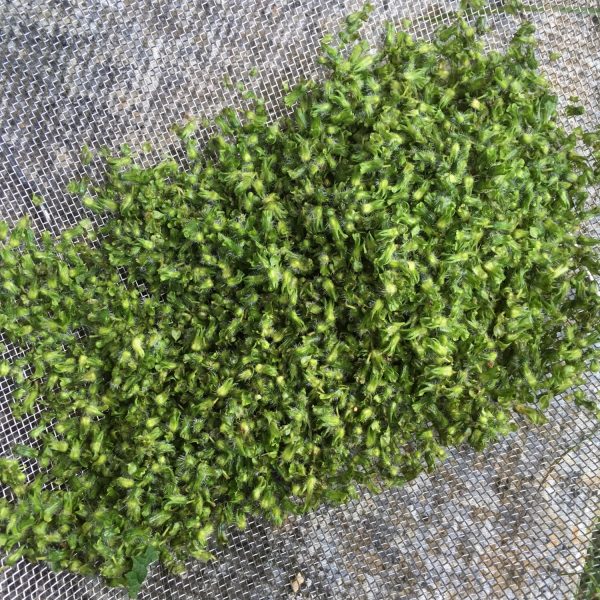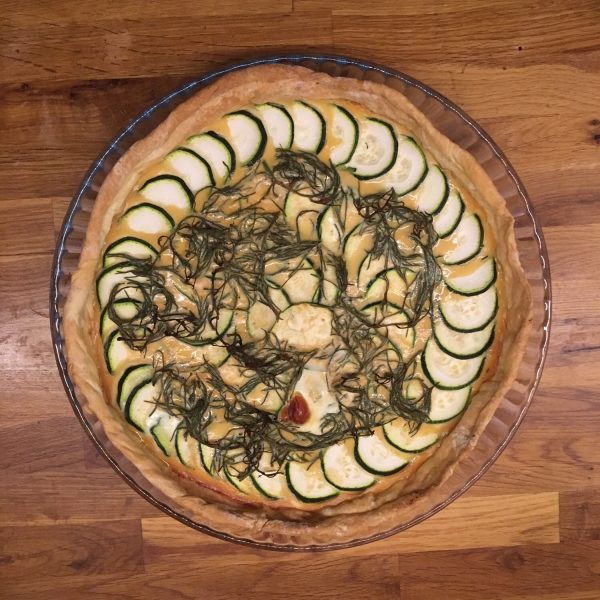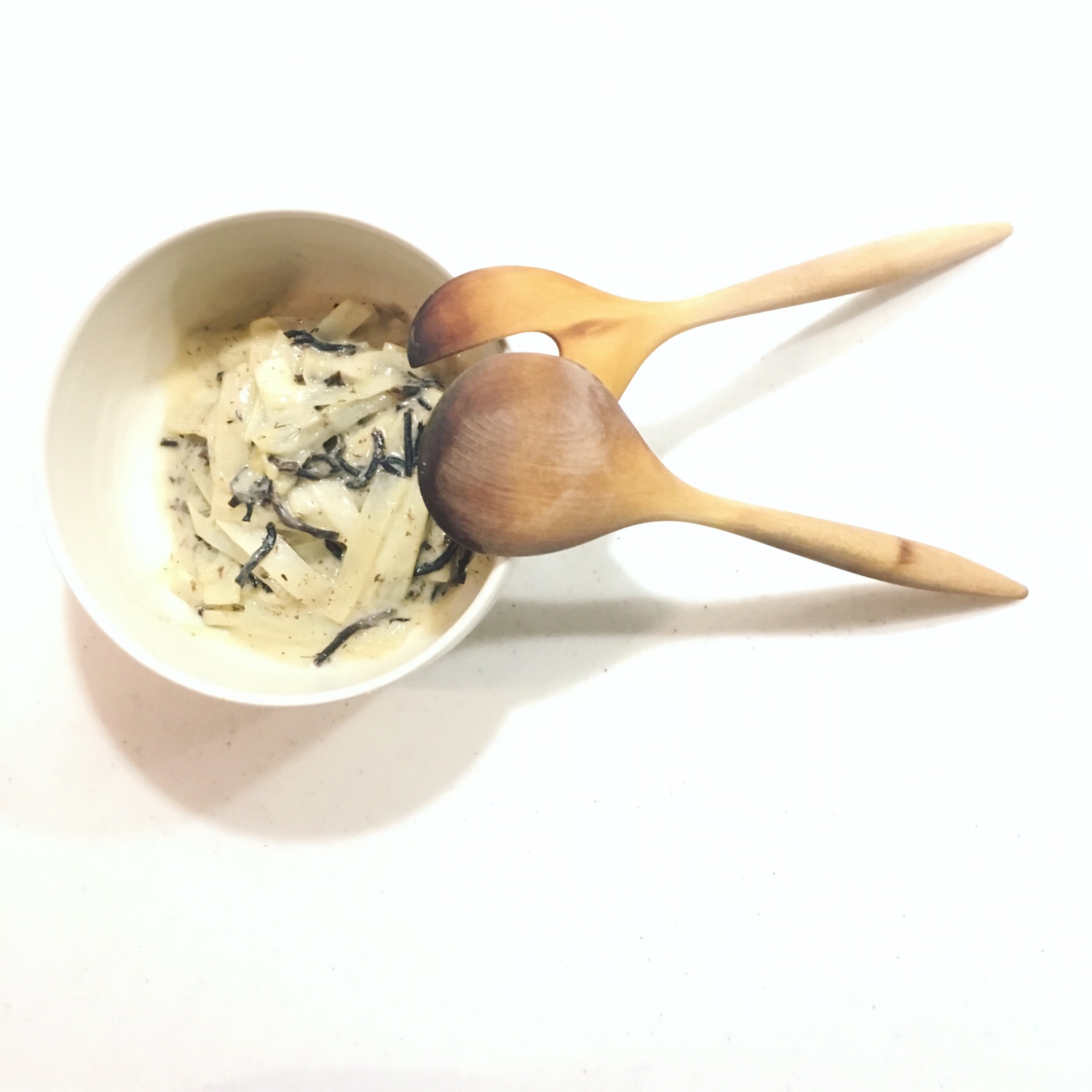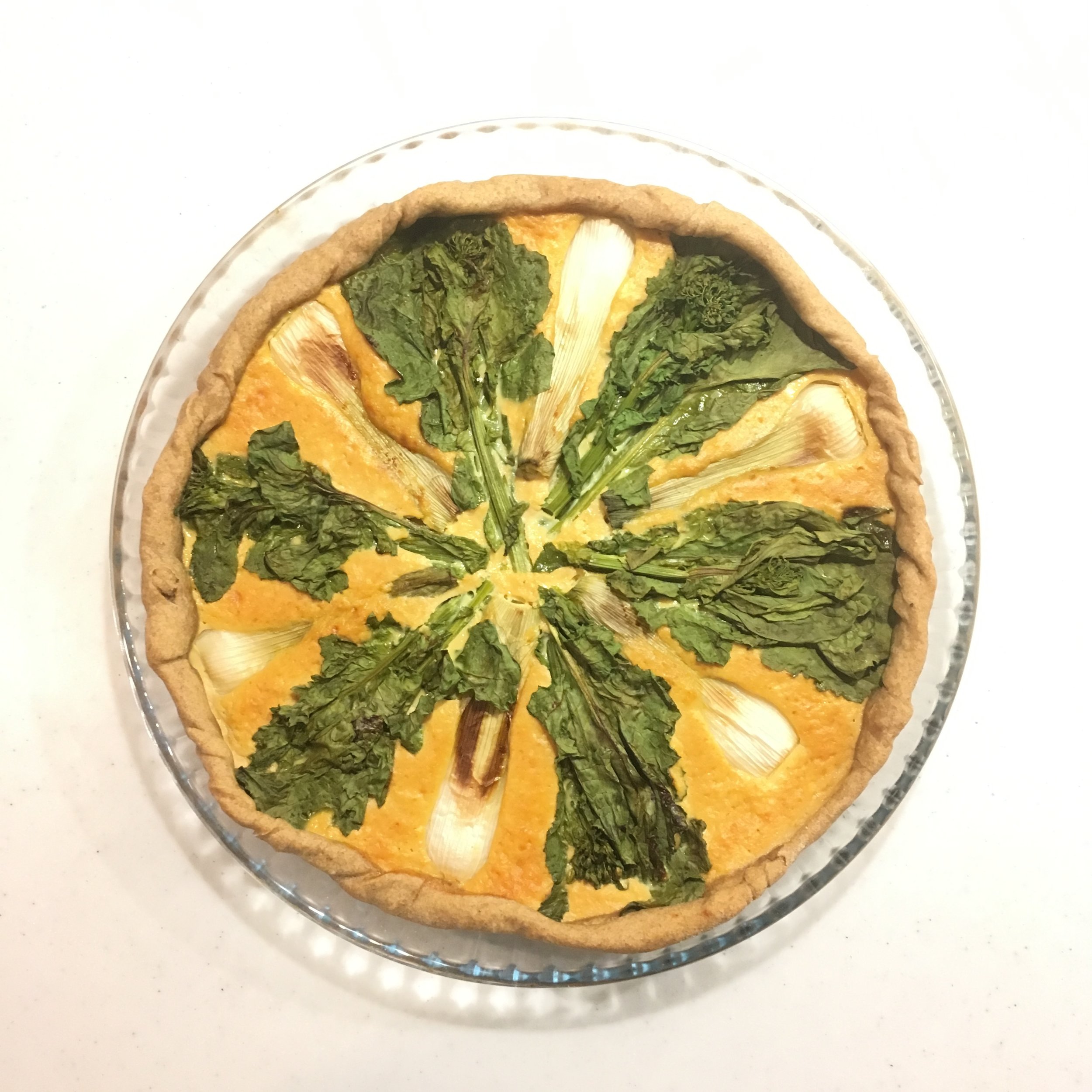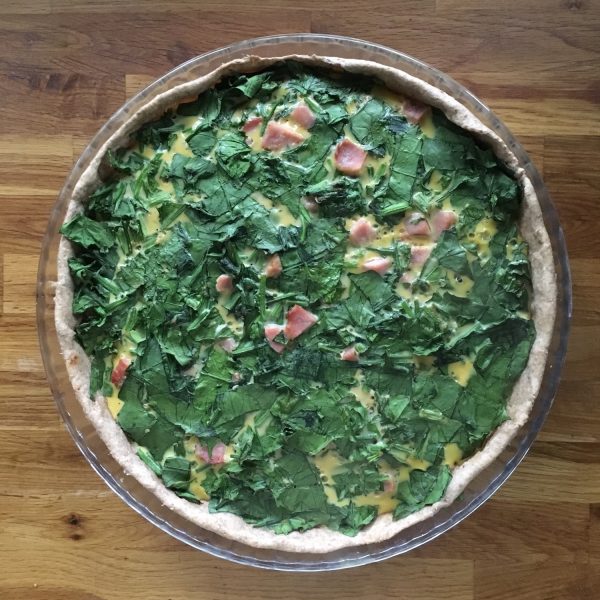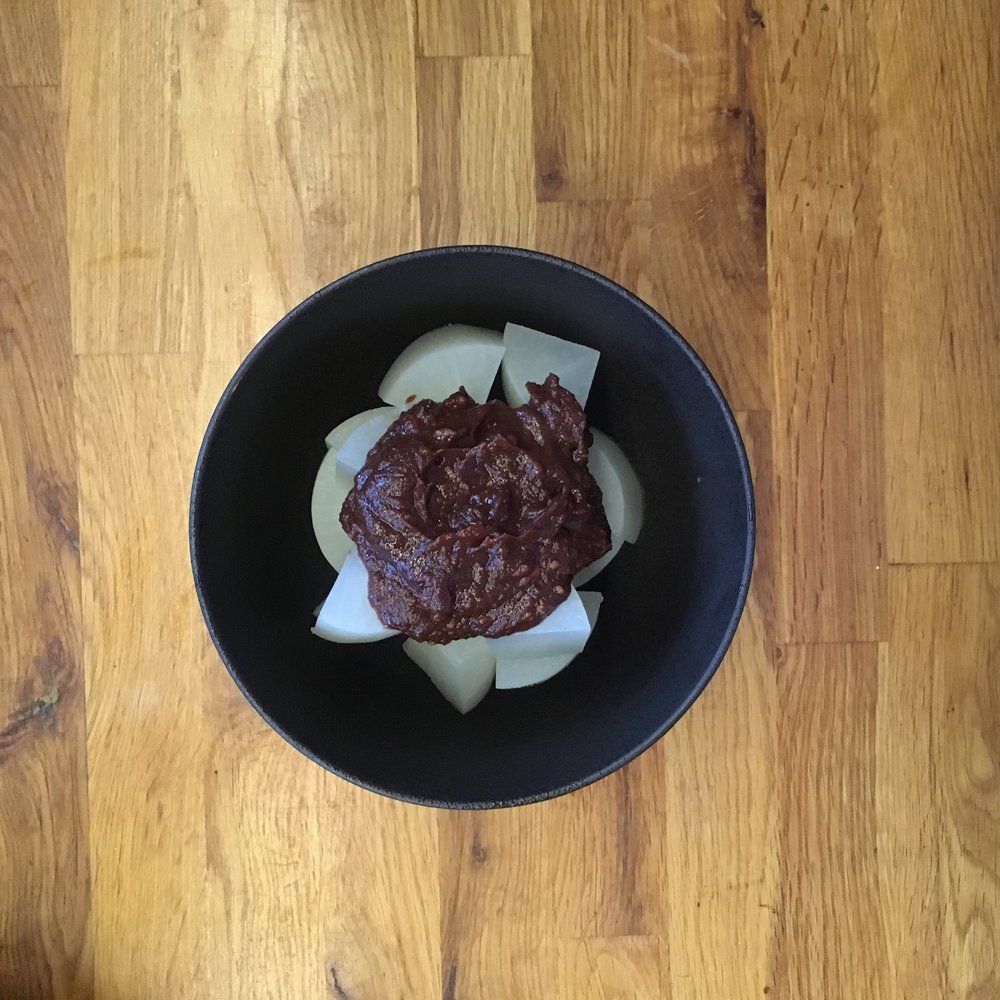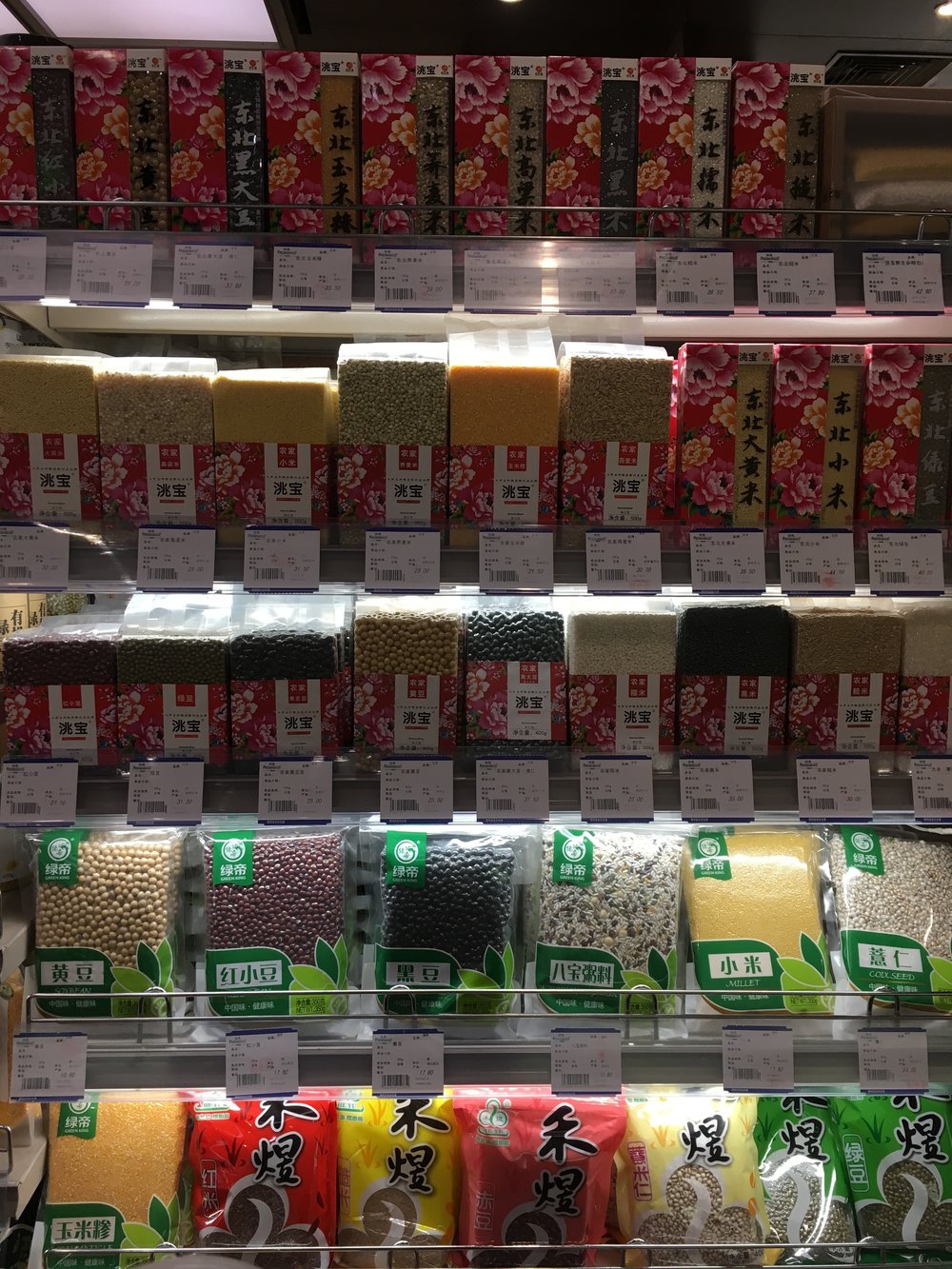Shiso or perilla, is this little green plant which vibrant green leave you usually would see served with sashimi. In Japan it is used in many more than that and it’s not just about the leaves, it’s also about the flowers and the fruits. It is not a small tiny plant too, it can be the size of a small bush and it grows like weed, you have one or two the first year and by the next it already triples, and soon you will have to remove half of it!!! Shiso grows easily in the garden but you can also grow it in a planter on your balcony. Leaves are good raw chopped in salads, in omelette, with rice… in tempura too. The flowers are purple and great to decorate and are edible. And the fruits then?
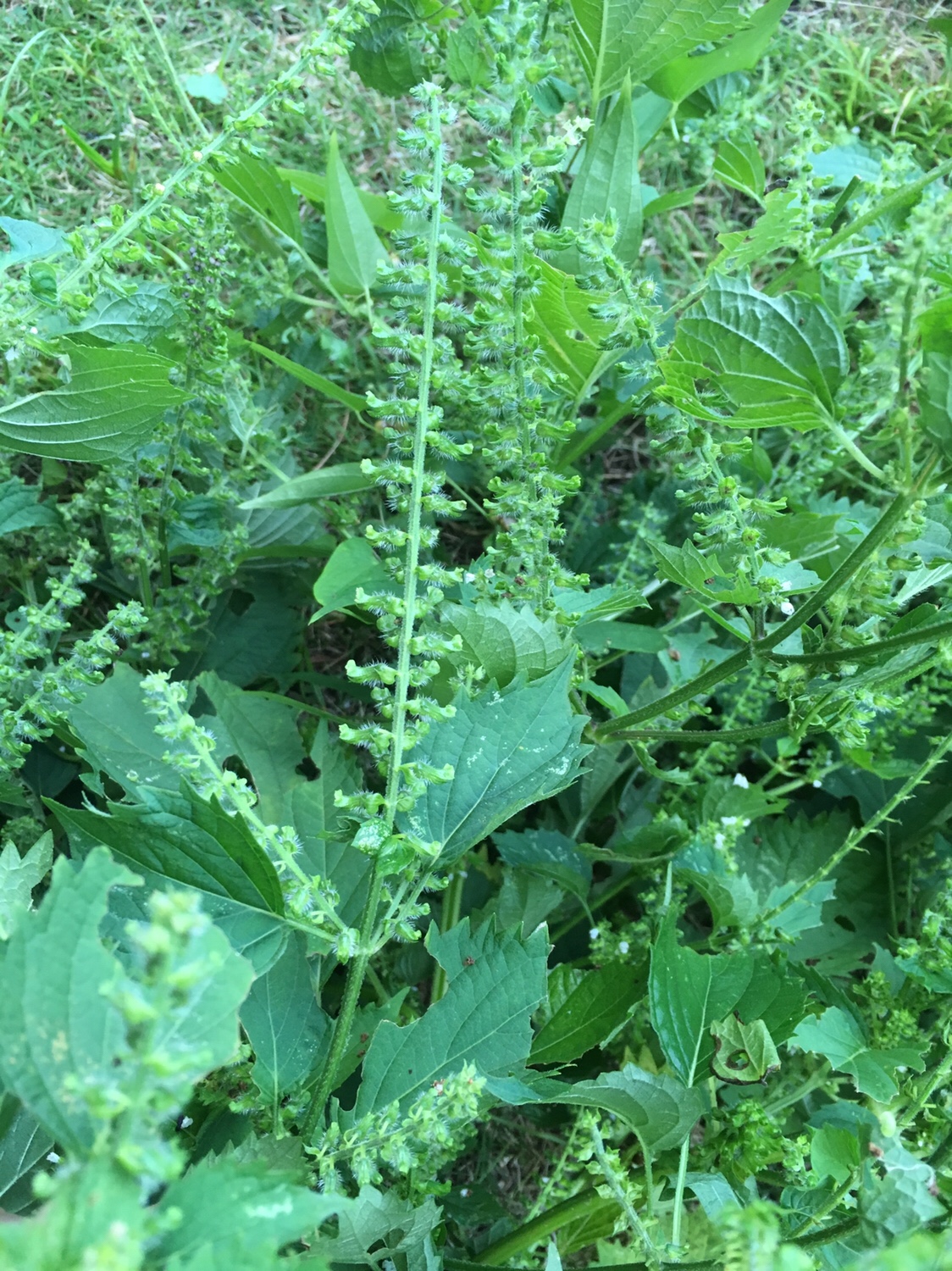
They look like very very tiny fresh hazelnuts and grow on the branch after the flowers. They are in season in September and the best ways to eat them are either tempura, omelette just like the leaves, or in miso (by far my favorite). It is very very easy to prepare. But you won’t be able to eat your preparation until January of the following year!
Shiso in miso:
– shiso in branch with fruits (probably not on sales anywhere so you may need to grow your own shiso)
– regular natural miso
In terms of proportion you need in volume a ratio of 2/1 for shiso fruits and miso.
Pull the fruits from the branch (use gloves otherwise you’ll have brown fingers hard to wash out!!). Wash them and dry them with a kitchen clothe. In a bowl stir the miso and the fruit well to obtain an homogeneous paste. Put in a jar, close the lid and keep refrigerated until January, then you can eat! Perfect to eat with plain onigiri, daikon sticks… to bring a bit of the warm taste in the cold winter!!
